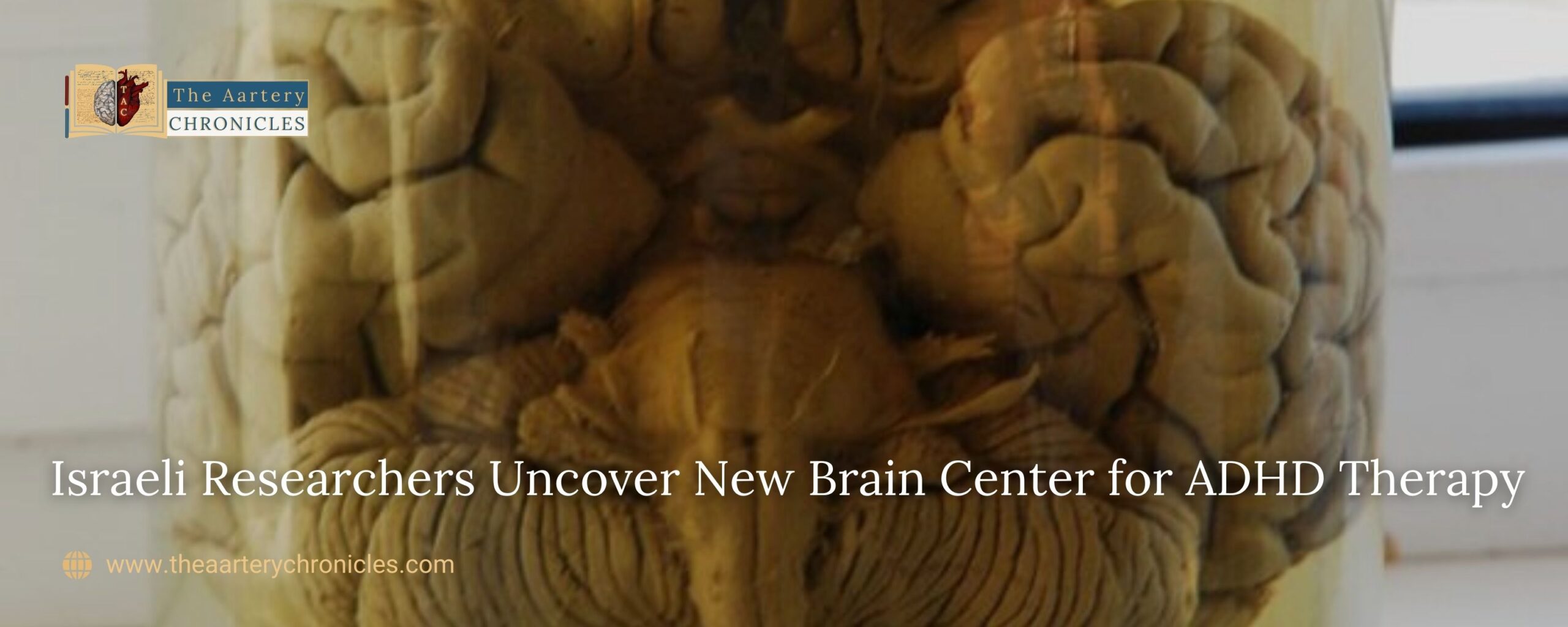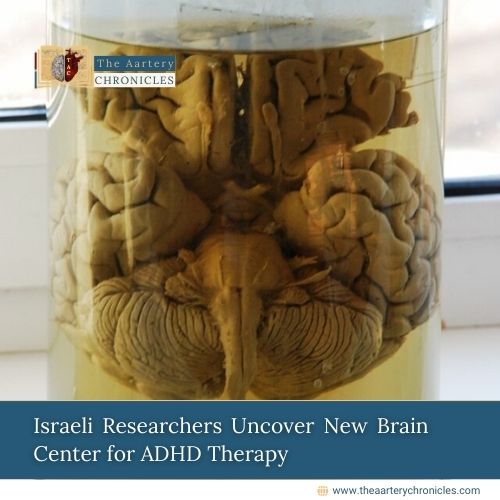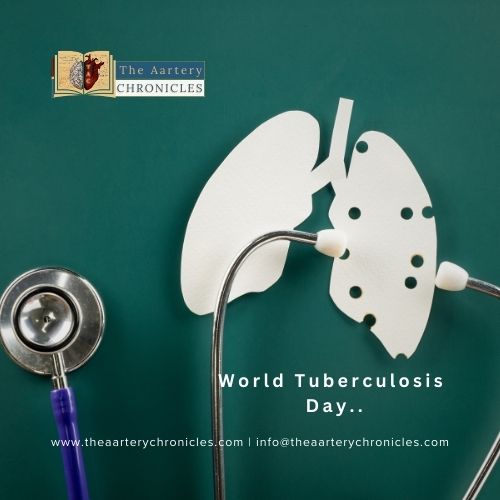
Israeli discovery on a secret brain center open the path for novel ADHD therapy
A recent study by Israeli researchers has identified a crucial function of the claustrum, a small, thin brain region. Despite its size, the claustrum is a central hub, connecting various parts of the brain and playing a key role in controlling alertness levels. The findings could pave the way for new treatments for disorders characterized by impaired impulse control, such as ADHD, drug addiction, and schizophrenia.
The Role of the Claustrum
The claustrum, located deep within the brain’s white matter, has long intrigued scientists due to its extensive connectivity. This connectivity has led to speculation about its role in integrating sensory and motor information. Some theories suggest that the claustrum is a conductor of consciousness, coordinating different brain regions to create a cohesive perceptual experience. Other theories propose its involvement in attention, consciousness, and sensory integration.
Research Findings
A team led by Professor Ami Citri and Dr. Gal Atlan from Hebrew University, in collaboration with Professor Yuval Nir of Tel Aviv University, explored how claustrum neurons influence sensory responsiveness and impulse control. By recording neuron activity in the claustrum of mice during attention-demanding tasks, the researchers discovered that increased activity in these neurons reduced sensory responsiveness and impulsivity. The same neuronal activity during sleep was linked to supporting uninterrupted sleep.
Implications for Disorders
The findings, published in the peer-reviewed journal Nature Communications, disclose that the activity level of the claustrum has a direct influence on our ability to respond to sensory events and maintain awareness. Enhancing claustrum neuron activity resulted in a significant reduction in impulsive errors and a decreased likelihood of waking in response to sensory stimulation. Lower activity in these neurons, on the other hand, was associated with hyperactivity and greater impulsive mistakes.
Potential Therapeutic Applications
“This study gives solid evidence that claustrum neurons operate as gatekeepers of engagement, controlling the likelihood of perception driving action,” Citri stated. The research enhances our understanding of the claustrum’s function in brain processes and could lead to targeted therapeutic interventions for attention disorders and sleep disturbances.
Conclusion
The study adds a new dimension to our understanding of the brain’s attention mechanisms. The claustrum’s ability to regulate engagement and sensory responsiveness could open new pathways for treating disorders related to attention and impulse control, particularly ADHD, OCD, schizophrenia, and drug addiction. This research offers valuable insight into how specific neural pathways influence behavioural states, advancing knowledge of the complex interactions between sleep and alertness.
Source: Inputs from various media Sources










